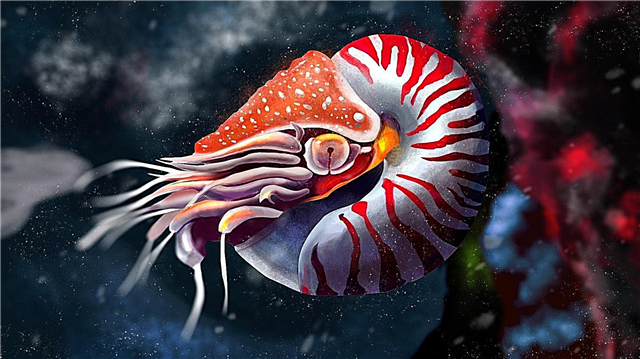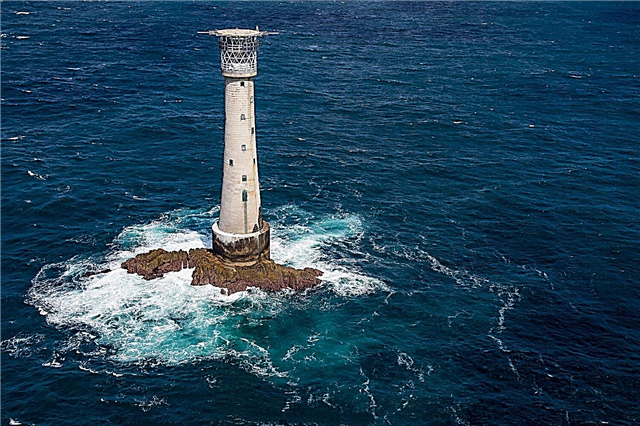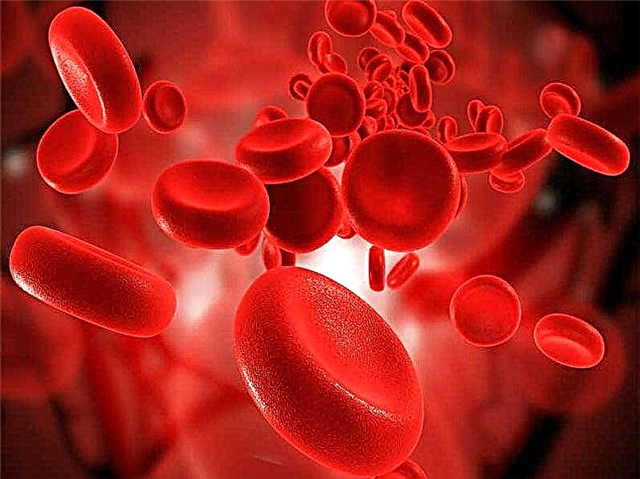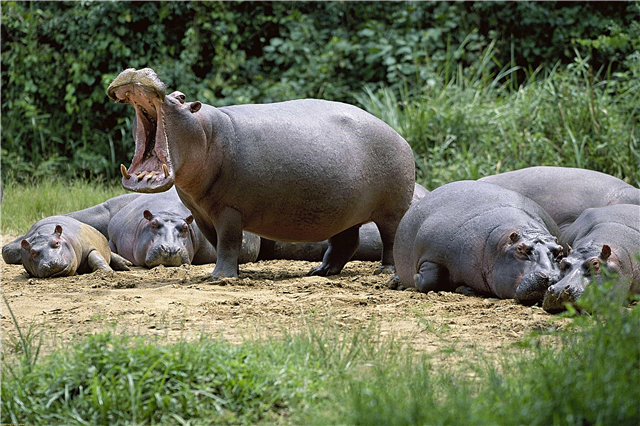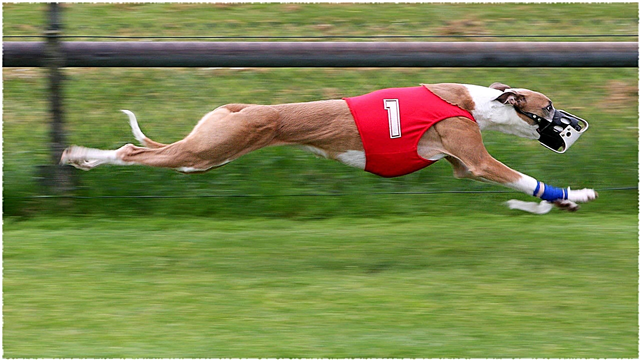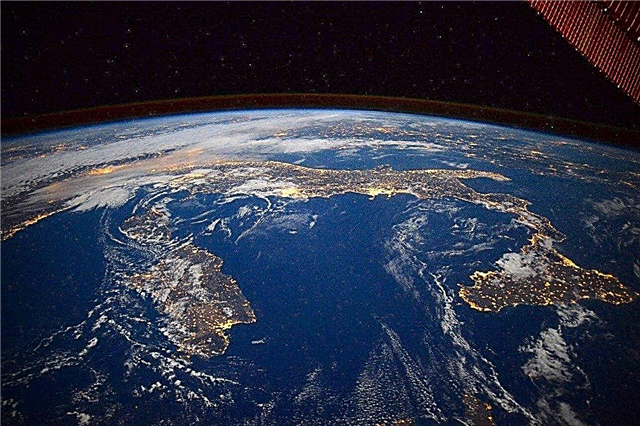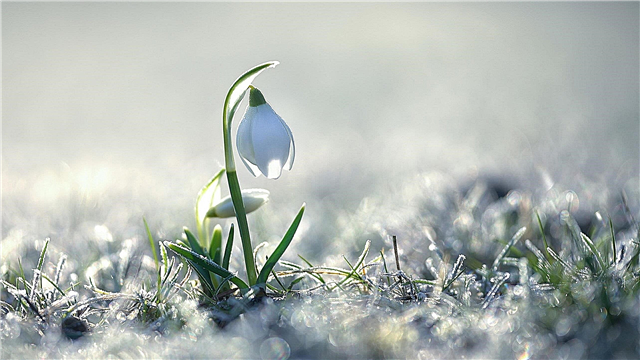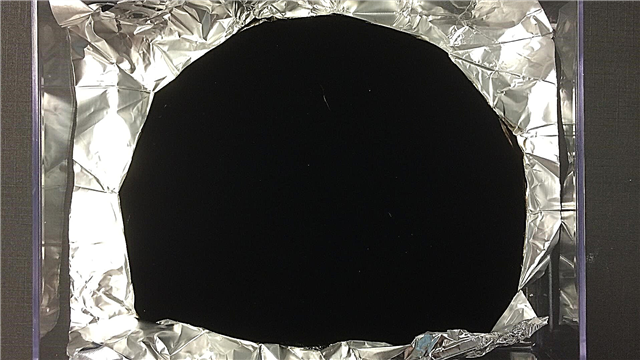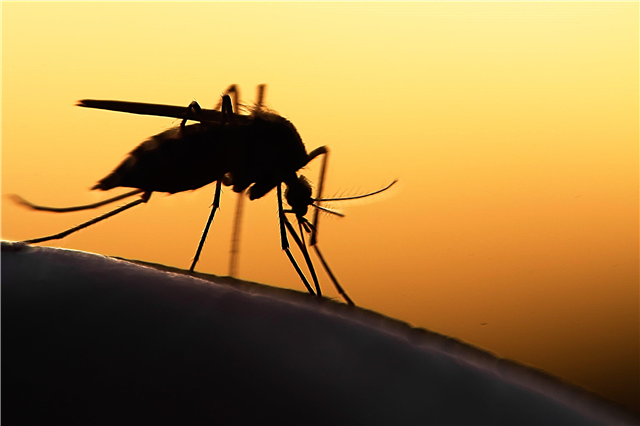
Water vapor is not visible, but it is always present in the earth's atmosphere. Cloud formation is the transformation of invisible water into something tangible.
The following occurs: thin water vapor is collected in droplets or ice crystals, which, when combined together, form a cloud. Here we see it.
How do drops occur?
Steam is collected in droplets if there are particles to which it is possible to “stick”. Above the oceans, for example, water vapor can wet salt particles and form droplets. Or, if the temperature drops to 0 degrees Celsius or even lower, water can freeze on dust particles raised by the wind into the air.
Ice crystals arise from ordinary dust. Other small particles, such as smoke, can also form granules around which water clouds gather. Rain is not “something” inside the cloud. Rain is a decaying cloud that is losing part of itself. This happens when water droplets or ice crystals, when joined together, become too heavy and fall down.
Interesting fact: smoke and dust in the air can form granules around which clouds form.
How do drops increase in size?
Meteorologists (weather experts) say that droplets can grow in several ways, leading to rain. How raindrops form depends on whether they come from warm or cold clouds.Warm clouds consist of droplets of water suspended in the air. The droplets falling from such a cloud sometimes evaporate before they reach the surface of the earth. But sometimes they are large enough to rain down on us. Raindrops in a warm cloud grow in two ways:
- While a small droplet flies down through the cloud, it collides with other droplets, they combine with each other and form larger droplets. These large droplets become even larger until they reach the bottom of the cloud. So it turns out a very big drop.
- Small drops attach to the tail of a flying drop, making it larger.
Interesting fact: some raindrops evaporate before they reach the ground.
Drop Formation Example

One meteorologist offered a graphic illustration of this phenomenon. Imagine a car moving along a dusty country road. Around the car, air swirls form that blow into the rear window of the car. After some time, the glass will be completely covered with dust. So, a drop flying through a cloud is a jeep, and droplets are dust. Air swirls around a flying drop drag small drops into its whirlpool, and they adhere to the back of the flying drop. A raindrop, collecting more and more droplets, becomes heavier and heavier. Having reached large sizes, it flies out of the cloud and plop into the mud far below.
Turning snowflakes into rain
In cold clouds, raindrops begin their journey of life as ice crystals.Cold clouds form high, where the air temperature is always below the freezing point of water. Such clouds are a mixture of droplets and ice crystals. Water, evaporating from droplets, freezes onto crystals. Thus, crystals grow and become heavier, turning into snowflakes that begin to fall to the ground. But if the bottom is warm, then the snowflakes do not last long. As soon as they get into the warm air, they melt and turn into raindrops.



